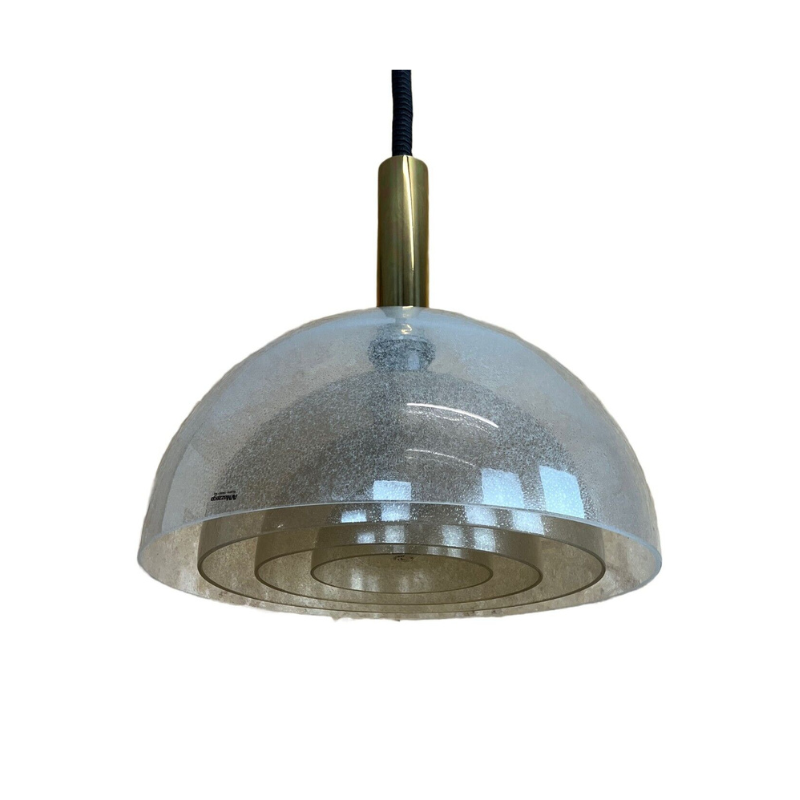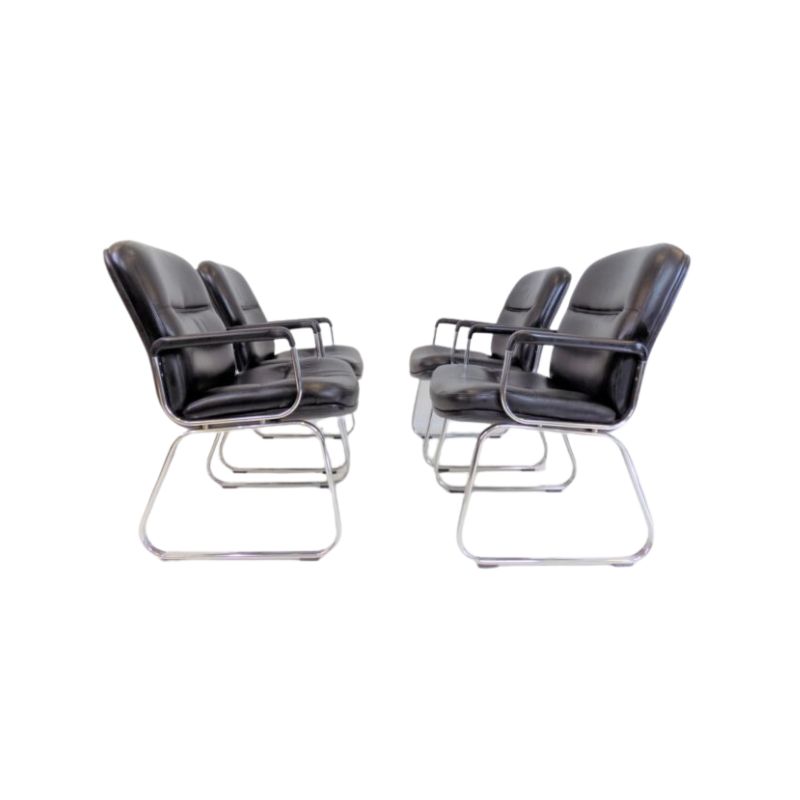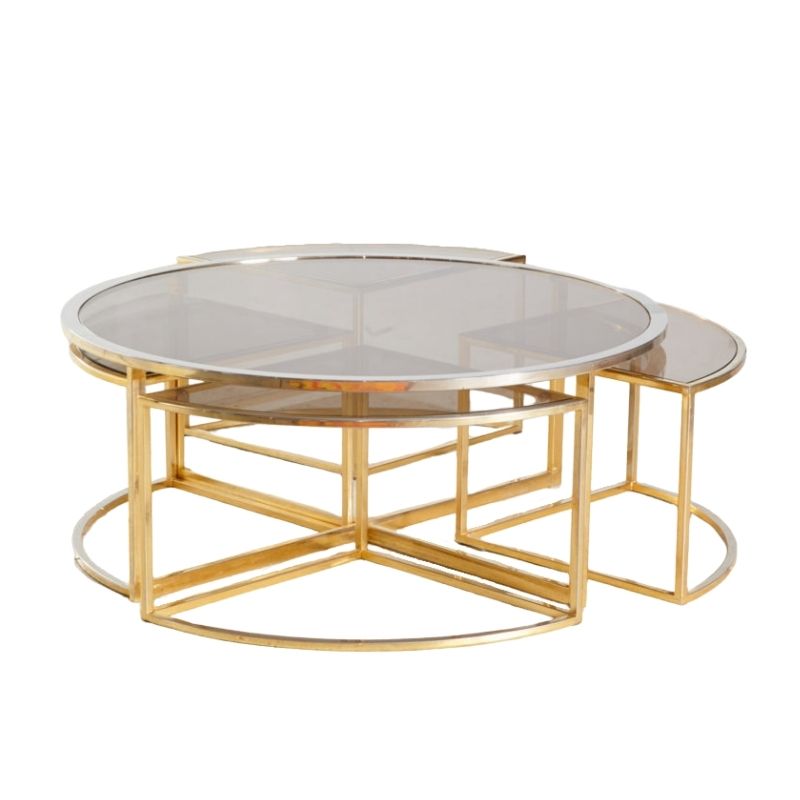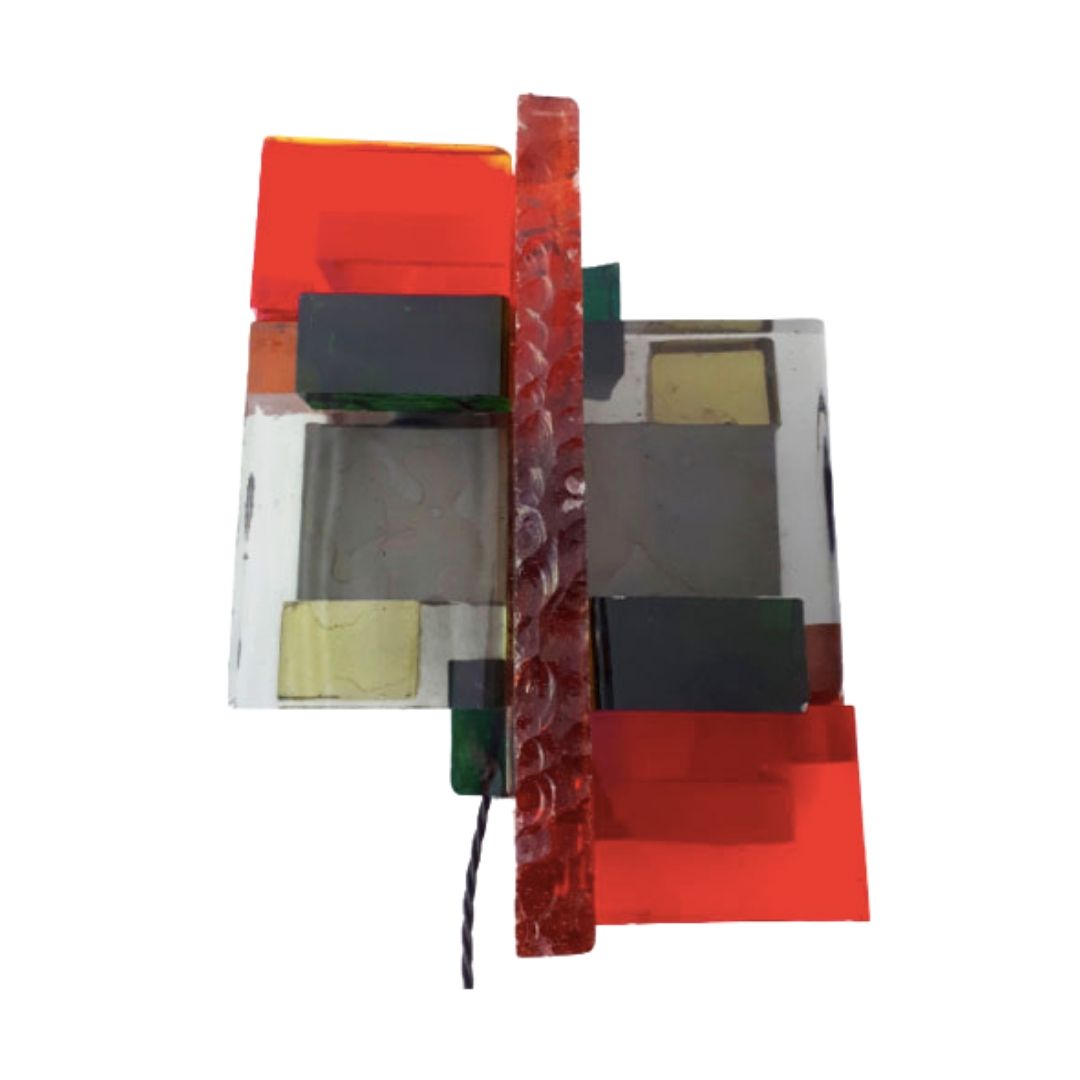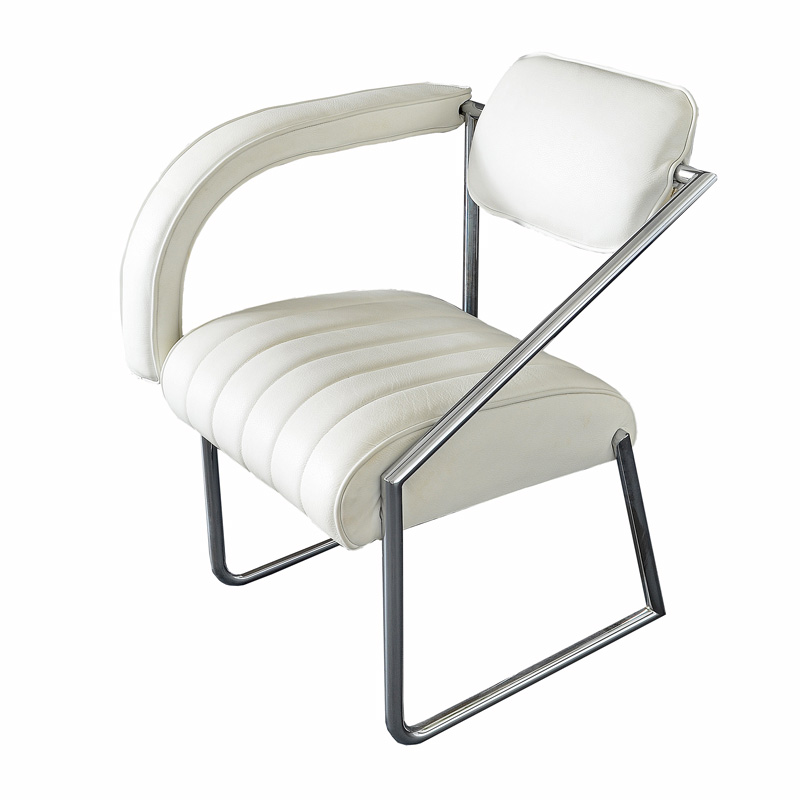Well,
the foam is part of the deal, I guess; the fact that the glue expands as it cures is useful, and the foam is more easily removed from the work than other glue squeeze-out. (The pants I discarded had unremovable glue on them; I haven't used it in a vac bag yet but I'd recommend a disposable layer of thin film, like a dry-cleaner's bag, or perhaps a coat of wax, inside the bag.)
A recent issue of Fine Woodworking had a "comparison test" that included poly glue, which didn't shine in certain strength tests; but the testers chose not to clamp the test joints, relying on the tightness of a slip fit or press fit mortise joint. I don't think this is the best use of poly glue, which is weakest where it has been allowed to expand (note the weakness of the foam squeeze-out). As for oily wood, I have used is successfully (as advertised) on teak. It is also recommended for moist wood, as it is the moisture present at the glue line that actually cures the glue.
No one glue is ideal for all purposes; it's nice to have another candidate added to the mix. I certainly wouldn't think first of poly glue for veneer-lamination such as dcw is addressing -- but it's a possibility. I have used PVA (white glue) for that purpose as there is a little more lubricity, and open time, than with yellow glue.
.
I'm sold. . .
It may be the last new technology relating to hardwood -- before it's all gone ! (Just kidding)
Wish I had a sample. . .or better yet a miniature plant, for model-making.
http://www.compwood-eng.dana8.dk/208-design.htm
If you need any help, please contact us at – info@designaddict.com




